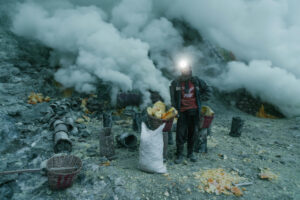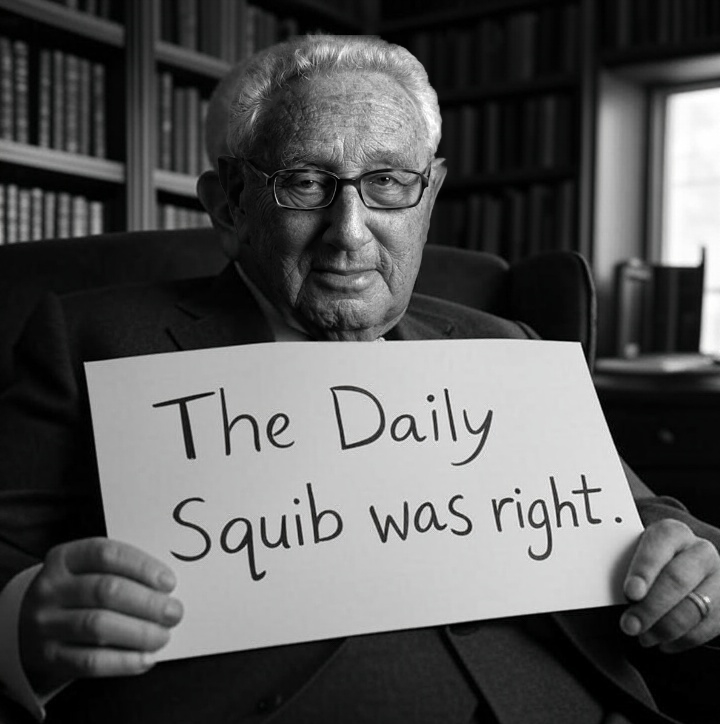Certain workplaces expose employees to hazardous substances that may increase their cancer risk over time. From industrial sites to office buildings, prolonged exposure to chemicals, radiation, or pollutants can have serious health consequences. Understanding these high-risk environments is crucial for prevention and early detection.
In this article, we will explore six work settings linked to long-term cancer risks, helping workers stay informed and take proactive steps for protection.
1. Industrial and Manufacturing Plants
Prolonged exposure to hazardous substances such as asbestos, benzene, formaldehyde, and heavy metals in industrial and manufacturing settings poses significant cancer risks. Workers in these environments often inhale toxic fumes, handle carcinogenic chemicals, or come into contact with radioactive materials. This increases their likelihood of developing lung, bladder, or blood cancers.
As per the CDC, numerous exposures may lead to increased cancer risk, including industrial exposures. Approximately 2-8% of all cancers globally are caused due to long-term exposures to carcinogens in the workplace. Lung cancer was the most prevalent cancer worldwide in 2022. Specific industrial settings and tasks that increase the chances of lung cancer are rubber manufacturing, roofing, paving, painting, and chimney sweeping.
Poor ventilation, inadequate protective gear, and long work hours further heighten exposure risks. Without strict safety protocols, employees may unknowingly inhale or absorb these dangerous substances, leading to severe health complications that manifest years after initial exposure.
How can factory workers ensure they are not unknowingly exposed to hazardous substances?
Factory workers can protect themselves by wearing proper personal protective equipment (PPE) and following safety protocols. They must ensure adequate ventilation in their work environment. Regular training on hazardous materials, routine health checkups, and staying informed about workplace risks can also help minimize exposure. Advocating for stricter safety regulations and proper handling of toxic substances can further reduce health risks.
2. Construction and Demolition Sites
These sites expose workers to hazardous materials like asbestos, silica dust, and lead. Constant exposure to these materials increases the risk of lung cancer, mesothelioma, leukemia, and other serious illnesses. Asbestos is the major cause of mesothelioma.
A study by BMC Public Health found that the total number of fatalities due to occupational exposure to asbestos increased by 20.2% from 1999 to 2019. Approximately 80% of Mesothelioma cases are due to asbestos exposure.
Asbestos has a long incubation period, which is why it takes several years for the disease to emerge even after the exposure stops.
Inhalation of other airborne toxins from cutting, drilling, and demolishing structures makes proper protective measures essential. These sites generate massive amounts of waste, including concrete, wood, and metal debris, which can release harmful pollutants. Without proper disposal and safety protocols, both workers and nearby communities face long-term health risks from exposure to toxic dust and environmental contamination.
3. Firefighting and Emergency Response
Firefighting and emergency response roles expose workers to extreme heat, smoke, and hazardous chemicals, increasing their risk of developing cancer over time. One major concern is aqueous film-forming foam (AFFF), a chemical-based suppressant widely used since the 1960s to combat fuel fires.
AFFF was highly effective in smothering flames by creating a barrier, making it a standard in the military, aviation, and industrial firefighting. However, it contained per- and poly-fluoroalkyl substances (PFAS), known as “forever chemicals.” According to TorHoerman Law, these chemicals are known as forever chemicals due to their persistence in the environment and the human body.
Long-term exposure to PFAS has been linked to kidney and testicular cancer, leading to legal action against manufacturers. Many affected firefighters have filed a firefighter foam lawsuit to seek compensation for health damages caused by PFAS exposure. The lawsuit alleges that the manufacturers knew about the health hazards but failed to warn the firefighters and the public.
Are there specific decontamination protocols to reduce chemical exposure after a fire?
Yes, firefighters follow specific decontamination protocols to reduce chemical exposure after a fire. These include removing contaminated gear, using wet wipes to clean exposed skin, and taking thorough showers as soon as possible. Proper laundering of protective equipment and ventilation of fire stations also help minimize long-term toxic exposure risks.
4. Healthcare and Laboratory Work
Hazardous chemicals, radiation, and infectious agents pose major health risks to healthcare and laboratory workers due to frequent exposure. Handling chemotherapy drugs, formaldehyde, and disinfectants can increase the likelihood of developing leukemia or other cancers. Many times, bacterial infections within healthcare settings can also lead to cancer.
Also, long-term exposure to X-rays and radioactive materials without proper shielding poses serious health risks. Laboratories also contain volatile organic compounds and biohazards that can be inhaled or absorbed through the skin. Without strict safety protocols, PPE, and proper ventilation, healthcare and lab professionals remain vulnerable to long-term occupational health hazards.
5. Agriculture and Pesticide Handling
Agricultural workers and pesticide handlers face cancer risks due to prolonged exposure to toxic chemicals such as glyphosate, organophosphates, and carbamates. These substances, commonly found in herbicides and insecticides, can be absorbed through the skin, inhaled, or ingested, increasing the risk of leukemia, lymphoma, etc.
Medical News Today reported that glyphosate has been designated as a probable carcinogen by the IARC. It also led to legal settlements totaling $11 billion for plaintiffs challenging its safety. A more recent study determined that frequent glyphosate use is linked to an increased risk of all cancers, particularly colon and pancreatic cancer.
Frequent contact with contaminated soil, water, and crops further heightens exposure risks. Without proper protective gear, strict handling procedures, and regular health monitoring, farmworkers remain vulnerable to long-term health effects. Pesticide safety regulations are essential for reducing occupational cancer risks.
How long do pesticide chemicals stay in the body after exposure?
The duration pesticide chemicals stay in the body depends on the chemical type, exposure level, and individual metabolism. Some pesticides break down within days, while others, like organochlorines, can accumulate in fat tissues and remain for months or even years. Regular exposure increases the risk of long-term health effects.
6. Mining and Oil Drilling
Workers in mining and oil drilling face prolonged exposure to hazardous substances, increasing their cancer risk. According to Cancer.org, those in oil refineries and gasoline-related industries are routinely exposed to benzene, a carcinogen found in crude oil and gasoline. Studies link high benzene exposure to elevated rates of leukemia, particularly acute myeloid leukemia (AML), as well as lung cancer.
On the other hand, miners are exposed to hazardous substances like silica dust, coal dust, and other particulates. Exposure to radioactive materials and heavy metals, such as arsenic and mercury, further heightens cancer risks. Poor ventilation in underground mines and constant contact with drilling fluids amplify these dangers. Without strict protective measures, workers in these industries remain vulnerable to life-threatening occupational health risks.
Protecting Workers from Hidden Cancer Risks
Workplace exposure to hazardous substances remains a significant yet often overlooked risk factor for cancer. The above-mentioned workplaces expose workers to toxic chemicals, radiation, and airborne pollutants that can lead to severe health consequences over time.
Awareness, protective measures, and strict safety regulations are essential in reducing these risks. By staying informed, promoting safety, and getting regular health checks, workers can protect themselves from occupational cancer hazards.








How about working in McDonalds?